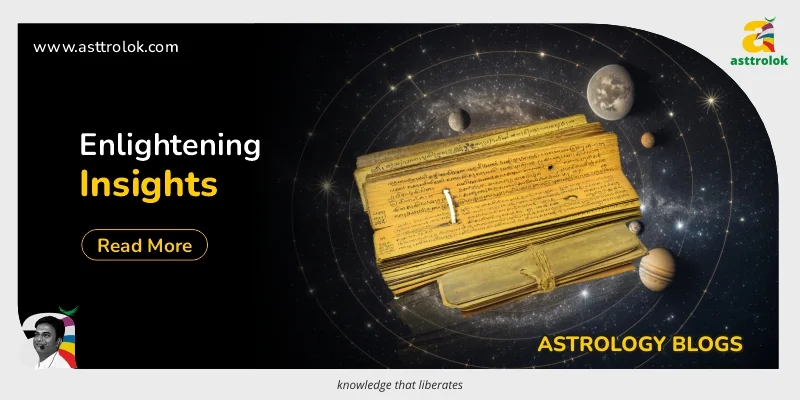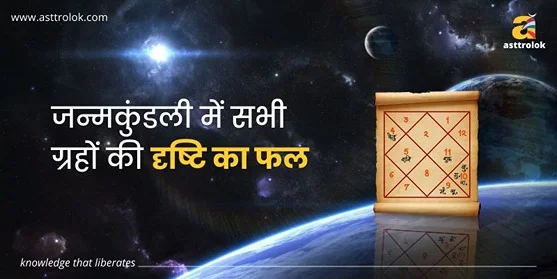
Connect with experienced Astrologers on Asttrolok. Get accurate future predictions about marriage, love, health, and career. Contact Now.
During these fasts, worship of the goddess Mahakali is performed, and participants must adhere to several laws and regulations. Those who observe the fasts are obligated to abstain from eating anything that is not vegetarian. Other dietary restrictions include avoiding foods prepared with onion, garlic, and regular table salt. Onions and garlic are both members of the allium family. In its place, rock salt or sendha namak is typically utilized. Even grains are off-limits for consumption during this period. During the day, participants are strongly urged to consume fruits, vegetables, milk, and yogurt, and the bhog that is provided at the conclusion of the fast on a daily basis typically consists of halwa and kheer.
The following is a list of items that you are permitted to consume throughout Gupt Navratri this year.
1. Samak Rice Pulao
Samak also called barnyard millet, is an excellent alternative to rice that may be used in cooking. Samak Ke Chawal, which is consumed during fasting periods such as Navratri, can be utilized to produce a variety of different cuisines, including Dosa, Dhokla, and Rice Pulao. Because of its exceptionally high nutrient content, Samak is an excellent choice for satisfying one's hunger during a period of fasting. Not only will it help you feel full for a longer period, but it also gives you the energy you need to get through the day. To make a mouthwatering dish called Samak Pulao, simply combine the millet, bottle gourd, and potatoes in a large mixing bowl. Then, season the mixture with rock salt, cumin seeds, and chili powder.
2. Kuttu Ki Poori
During the nine nights of Navratri, Kuttu is a common villain. Kuttu is used in some form or another in almost all of the fasts that are observed during Navratri. Buckwheat is the name of the fruit from which the flour is derived; as a result, it is appropriate for consumption during times of fasting. To make pooris, the Kuttu ka Atta is worked into a dough. After that, it is shaped out into tiny, spherical pooris, which are then fried in ghee until they are golden brown. These wholesome pooris are typically served with Aloo Ki Subzi since they are fairly filling and provide a lot of nutrition. There are no onions or garlic used in the preparation of this dish; instead, the potatoes are cut into chunks and cooked in a gravy.
Read Also:- Significance Of Sawan Somvar Vrat
3. Sabudana Khichdi
Tapioca pearls, also known as sago, are a popular element during the Navratri festival because they are both nutritious and delicious. Sabudana is another name for tapioca pearls. Sabudana can be utilized in the preparation of a variety of foods, such as cutlets, pooris, and vadas. Tapioca pearls, potatoes, and other seasonings like sendha namak, curry leaves, and ginger are the primary ingredients in a delectable dish known as sabudana khichdi. The khichdi's texture is both crispy and soft all at once, and the addition of peanuts as a garnish gives it a hint of nuttiness.
4. Vrat Ki Kadhi
Kadhi is a type of curry that is common in Indian cuisine. It has a tart flavor and is often cooked with yogurt or buttermilk. This simple dish with a light gravy is ideal for the fasts observed during Navratri since it helps keep you cool throughout the hot summer months. Buckwheat flour, also known as kuttu, is used to make the pakode used in this vrat-specific kind of kadhi. After that, the fried and crunchy fritters are dipped into a pool of sour curd kadhi that is flavored with curry leaves, grated ginger, and cumin. The gravy is thickened with peanuts, which are also utilized.
5. Vrat Ki Kheer
Kheer, or Indian rice pudding, is a scrumptious sweet meal that is prepared by combining grains of rice and milk in an Indian cooking dish. This kheer is made using barnyard millet or Samak rather than rice because eating rice during a fast is forbidden. In place of the original ingredient, Samak chawal is substituted and then cooked with sugar and milk. After being stirred consistently, it will thicken up and become creamy, at which point it can be topped with various nuts and dried fruit, such as nuts, cashews, and raisins. To finish off the dessert, incorporate a few strands of saffron into the dish.
Conclusion:
This Navratri is a time for the people who seek to achieve an extensive understanding of Kundalini Vidya and that's the purpose why worshippers worship Goddess Mahakali's ten fierce avatars (also called Maha Vidyas) throughout this month for hidden sadhana. But, that is not the ‘Tantra Vidya’, the fervent worshippers of Maa Durga also practice fasts for the whole nine days. It is also said that celebrating Gupt Navratri can eradicate all the issues from life and present you with fulfillment and positivism.
Are you looking for free astrology classes online? Learn astrology from basic to advance level from the world-renowned astrologer Mr. Alok Khandelwal. He is the chief astrologer at asttrolok with 20 years plus experience. Explore the other courses like numerology course, Vastu shastra, palm reading, medical astrology, etc. Classes are taken by the best astrologers in India. Register now.
Read Also:- Learn About The 16 Sanskara In Hinduism-Part 2
Comments (0)
Categories
Recent posts


जन्मकुंडली में ...
30 Aug 2023
Importance of Bhakoot Koota in Kundali ...
30 Aug 2023

.webp)














